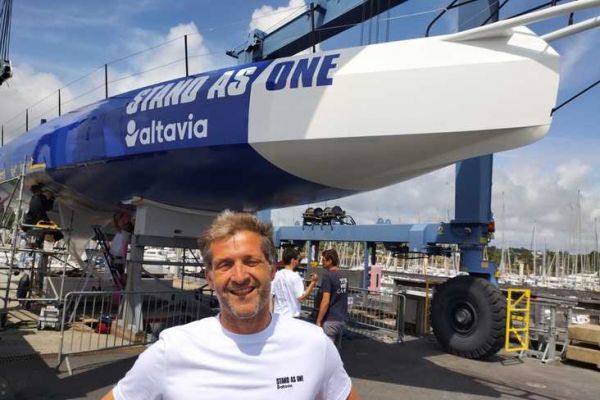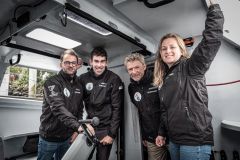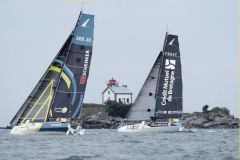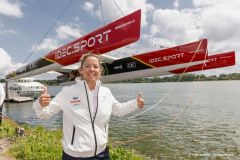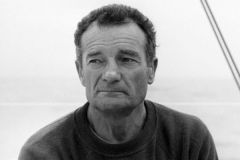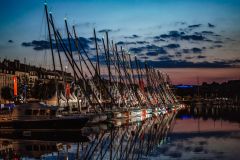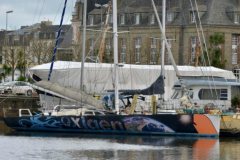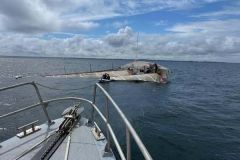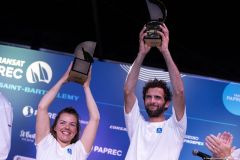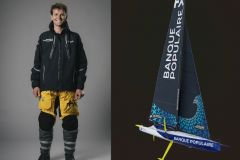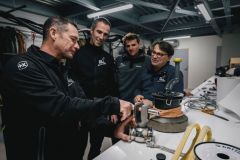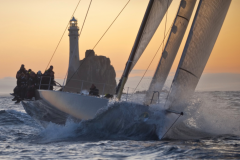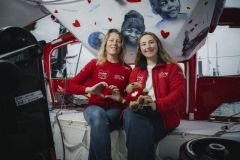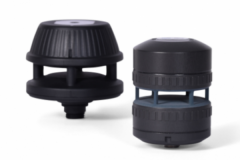Launched on June 19 in Port-la-Forêt, Eric Bellion's new iMOCA, christened Stand as One, is the first yacht in the class designed by David Raison, and the first with a straight centerboard since Macif in 2012. Its skipper explains his approach and the path that led him to this launch.
What was your first experience of leading the construction of a new boat?
As with so many things in life, if I'd known, I might have thought about it longer before taking the plunge! It's easy to see why the big teams have big design teams. It was complex. All the same, I loved it. It's an extraordinary achievement, and I'm happy to show that it's possible with a small team. At the start, there were 4 of us - Marie, Jean and Anne Le Cam, and me. I loved making this Tom Cruise-style cocktail with the best architect, David, who was hungry and keen to design an IMOCA, Jean and his technical expertise, particularly in 60-footers, and Persico, which is a great shipyard.
What was your brief when you went to meet David Raison?
It could be summed up in 3 words: simplicity, lightness and elegance. Hubert was already the lightest and fastest boat, and served as our zero boat. We wanted to bodybuild Hubert, which dates back to 2006. There had been little progress on straight daggerboards since Macif in 2012 in the IMOCA class, while the Class 40s had been making the headlines by remaining in glass and with a fixed mast and keel. We couldn't miss it.
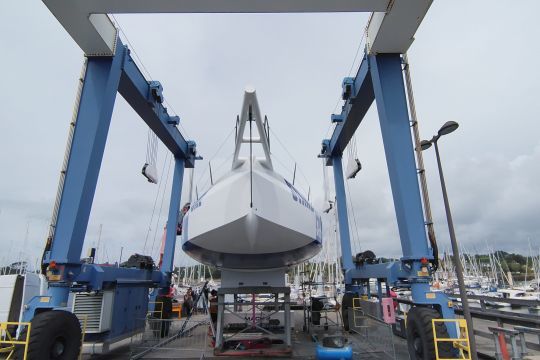
How do these 3 words translate into concrete terms?
Everything is optimized, which is Jean's magic. There's nothing extreme about this boat. For simplicity, we use tried-and-tested solutions: the rudder helmets are systems that have already been used on several round-the-world voyages, and the deck is straight. There's no carbon inlay. We're sober in our construction, which also means we're less expensive.
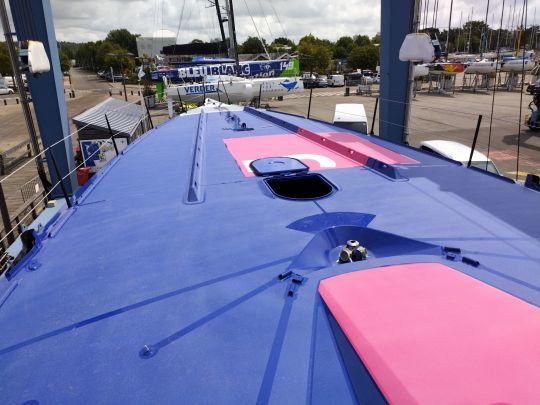
As far as electronics are concerned, we stick to the basics, while taking good equipment. No large screen. We should consume 6 Ah, where current foilers use around 12 Ah. There are no fiber-optic sensors, and we're not at RM Max, so we're not worried about the strength of the mast designed before the foils.
When you choose North Sails, it's also because they've been tried and tested.
The brain naturally tends towards complexity, and keeping things simple is complicated!
As for lightness, just by removing the foils and the structure that goes with them, we save weight. We should be close to Hubert's weight, while the hull bottom is monolithic, to last over time. The aim is for the boat to do several Vendée Globe races.
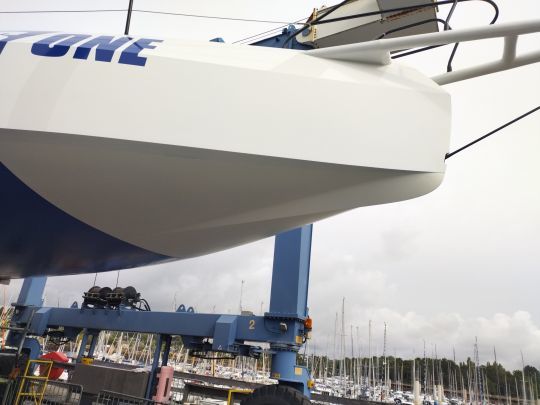
As daggerboards no longer exist in the IMOCA novlangue, but straight foils, we have to keep part of the daggerboard in the water, so there will be a little daggerboard left underwater.
What are the performance objectives and the navigation program?
We want to compete with the best, i.e. the foilers and not just the daggerboard boats. To achieve this, the worst thing would have been to copy with less time and fewer resources. When I asked myself what tool I could afford to perform well in the Vendée Globe, it was clear that it wasn't a foiler. There's no war of chapels. I like foiling and I do it in kites, but I didn't want to lock myself away to sail around the world and suffer what they suffer. The combination of sobriety and performance is a pretty exciting thing to talk about.
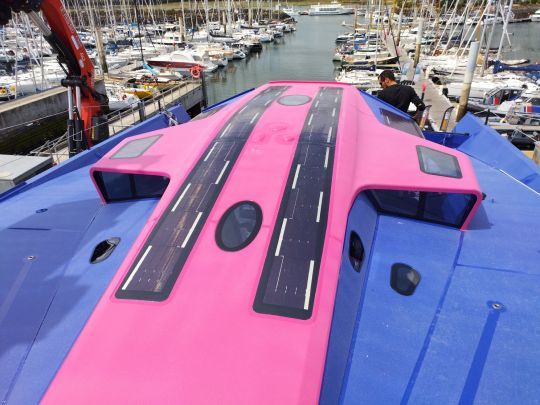
The boat is easy to adapt for 4 people, so The Ocean Race is on the agenda and I'm convinced there are things to do, starting with The Ocean Race Europe, which was won by a daggerboard boat last time. We're going to start with the Fastnet. At the same time, the project to form a stable with other boats for the Vendée Globe 2028 is continuing. Now we have to sail to validate everything we're saying!
